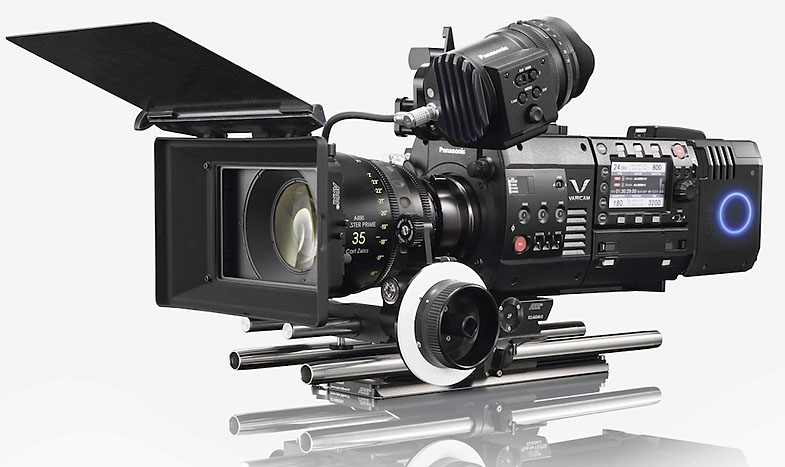
- Search
-
Login
-
0
ComparisonAdd products to compare, then they will appear here and you can compare parameters.
-
0
0 €Nothing in the basket.
News
The new DeckLink 4K Pro now shipping! The PCIe capture and playback card from Blackmagic Design comes with Dual-Link 12G-SDI for SD, HD, Ultra HD and 4K DCI resolutions! DeckLink 4K Pro is a high performance PCIe capture and playback card with advanced 12G-SDI for working with the latest high frame rate Ultra HD and DCI 4K formats at up to 60 frames per second! Ideal for both traditional 2D and high end 3D stereoscopic workflows, you get support for full resolution, deep color YUV and 12-bit RGB 4:4:4 images. DeckLink 4K Pro features two multi rate 12G-SDI inputs and outputs with support for 16 channels of embedded audio, along with a connection for reference input. Because the connections are multi rate, it works with virtually every SD, HD, Ultra HD and 4K format. DeckLink 4K Pro is perfect for high end film, television, and commercial editing, visual effects, and color grading projects.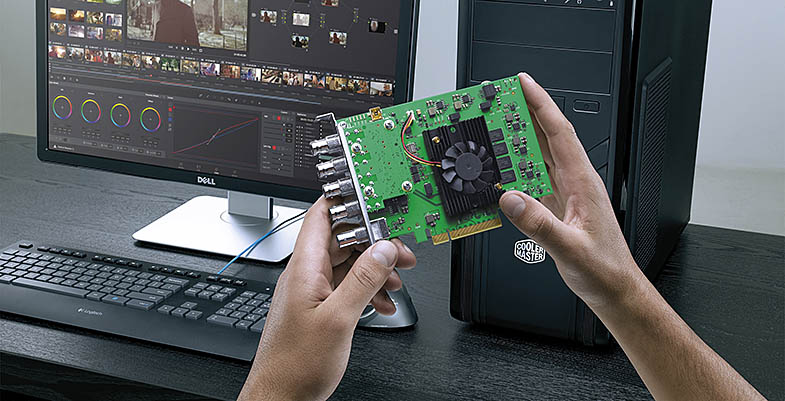
The new software update for Blackmagic cameras adds support for 720p50, 720p59.94 and 720p60 video standards to all Blackmagic Studio Camera models, incl. Blackmagic Studio Camera, and Blackmagic Studio Camera 4K. The Blackmagic Studio Camera 4K also adds updated 6G-SDI to match updated SMPTE draft specification. Download it here.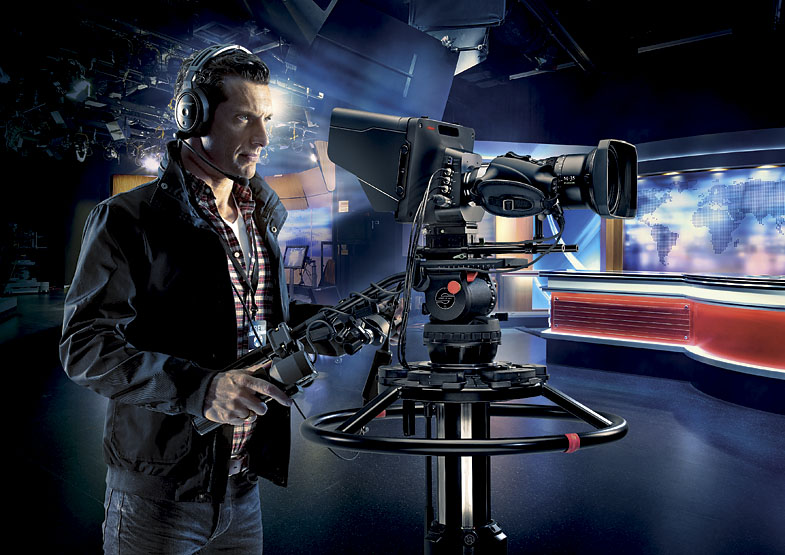
GoPro unveiled two new cameras: HERO4 Session and GoPro HERO+ LCD. The HERO4 Session is the smallest, lightest GoPro yet. 50% smaller and 40% lighter than other HERO4 cameras, HERO4 Session is the most wearable and mountable GoPro ever. With a sleek, versatile design, it’s at home anywhere - from the surf to the snow, to hanging with friends. The HERO+ LCD model captures life-like high definition 1080p60 video and 8MP photos, and features a convenient touch display for easy shot framing, settings control and access to an all-new in-camera video trimming feature. Like the entry-level HERO, the HERO+ LCD is built directly into its waterproof housing.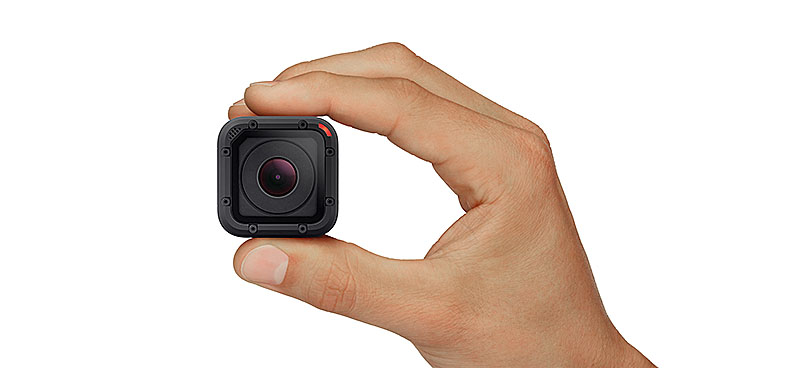
Blackmagic Design reintroduced the popular SD/HD versions of their Mini Converter line. These will coexist with the 4K generation at a reduced priced! This includes Mini Converter - Analog to SDI, Mini Converter - SDI to Analog, Mini Converter - Audio to SDI, Mini Converter - SDI to Audio, Mini Converter - HDMI to SDI, Mini Converter - SDI to HDMI, Mini Converter - Optical Fiber, amd Mini Converter - SDI Distribution.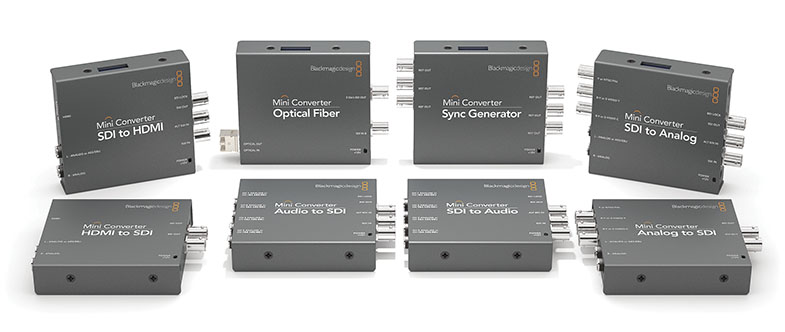
The new firmware adds support for AU-VEXT1 Extension Unit, ProRes 4444 (HD) in the MAIN recorder, support for PREREC in ProRes recording mode, CODEX V-RAW Recorder compatibility, support for anamorphic lenses and Image Flip-Flop (SUB recorder), and more.